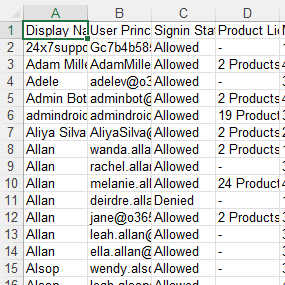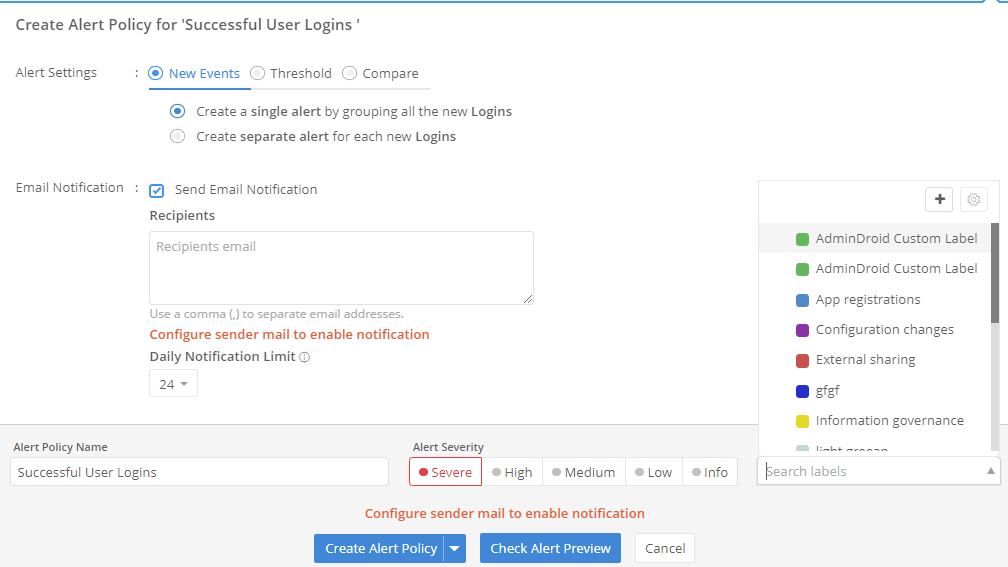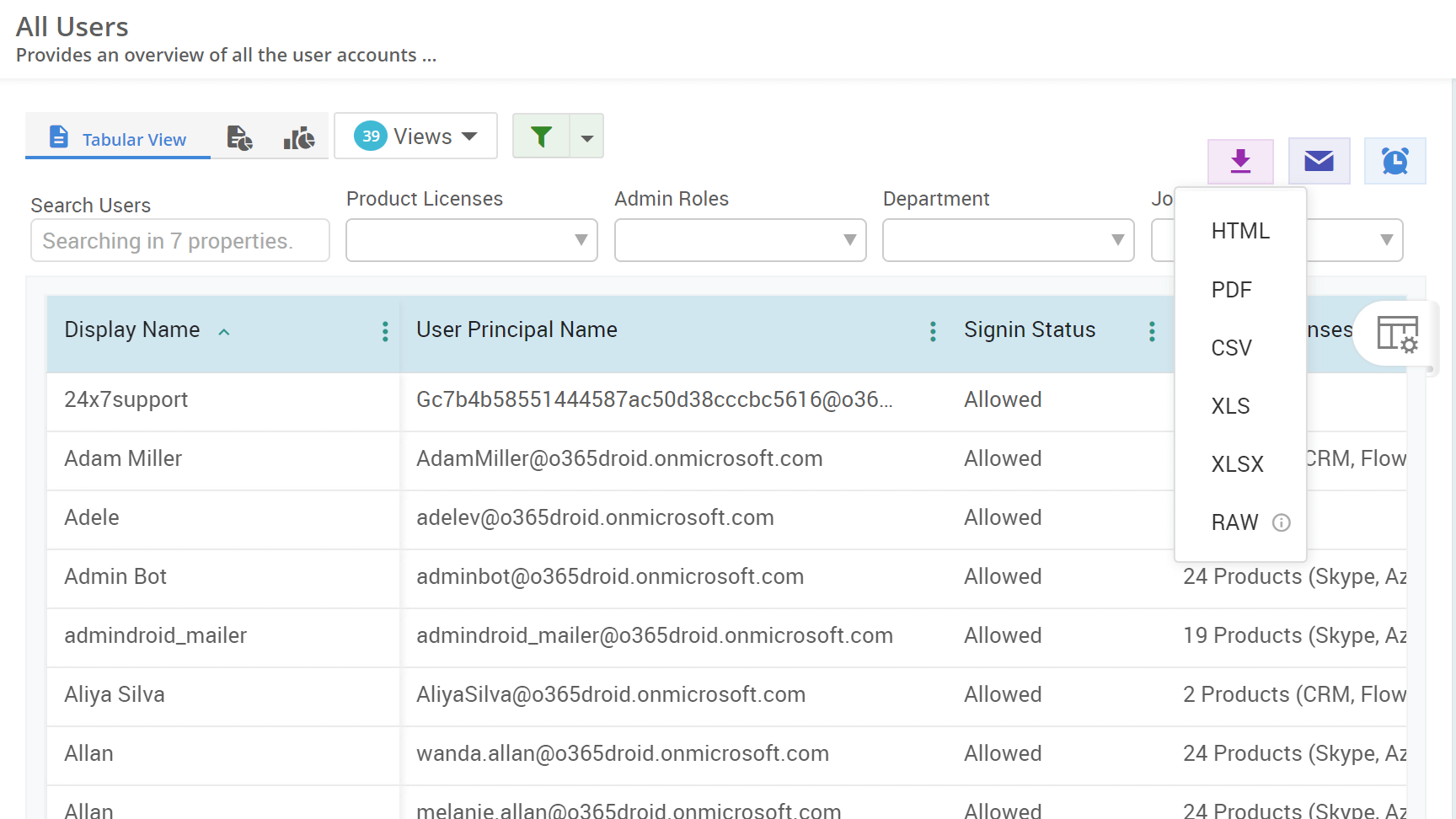Why is it a problem to have inactive users in Microsoft 365?
Inactive users in Microsoft 365 can indeed pose various security risks. If an inactive user’s account is compromised, it can be used to send phishing emails or launch other types of attacks. Below are a few cases that lead to severe security damage in your organization.
- Potential Access to Sensitive Data: Inactive users might have permission to access sensitive or confidential information, posing a risk if their Microsoft 365 accounts are compromised.
- Missing Multifactor Authentication (MFA): Often, inactive accounts lack MFA, making them easier targets for unauthorized access as they bypass this additional security layer.
- Insider Threat Vector: Inactive accounts in Azure AD can be used as a vector for insider threats, as they may not be monitored as closely as active accounts.
- Password Vulnerability: Inactive users may have outdated or well-known passwords, increasing the risk of compromise, especially if password policies have been updated since the account became inactive.
- Resource Wastage: Inactive user accounts consume Microsoft 365 licenses and resources, leading to unnecessary expenses for the organization.
- Bypassing Security Controls: Inactive users might escape the scrutiny of even Microsoft 365 advanced security systems due to their lack of activity, potentially becoming a blind spot in security monitoring.
Thus, properly managing and regularly auditing inactive Microsoft 365 users are crucial steps in mitigating the above risks and ensuring a secure and compliant IT environment.
AdminDroid enables efficient user management in your organization across various Microsoft services:
- Azure AD: Obtain insights into Microsoft 365 user activity, including the last successful sign-in time and last active time on each service. Export a daily count of active users effortlessly.
- Exchange Online: Track mailbox activity, such as the last email read, sent, or received, and identify inactive or never logged on Exchange mailboxes.
- Microsoft Teams: Utilize the Teams inactive user's collection to pinpoint stale accounts based on the last message sent & received, last call, last meeting, and more.
- SharePoint Online: Leverage SharePoint inactive users’ reports to identify users’ inactivity, considering the last file accessed, page accessed, last file synced, last file shared, and last file activity date.
- OneDrive: Monitor inactive users based on their last file accessed, last internal and external file shared, last file synced, and last page accessed using the OneDrive Inactive Users Report collection.
- Viva Engage: Identify inactive users in Viva Engage based on their last like received, last post sent, last post read, and last activity time using the Yammer Inactive Users collection.

















